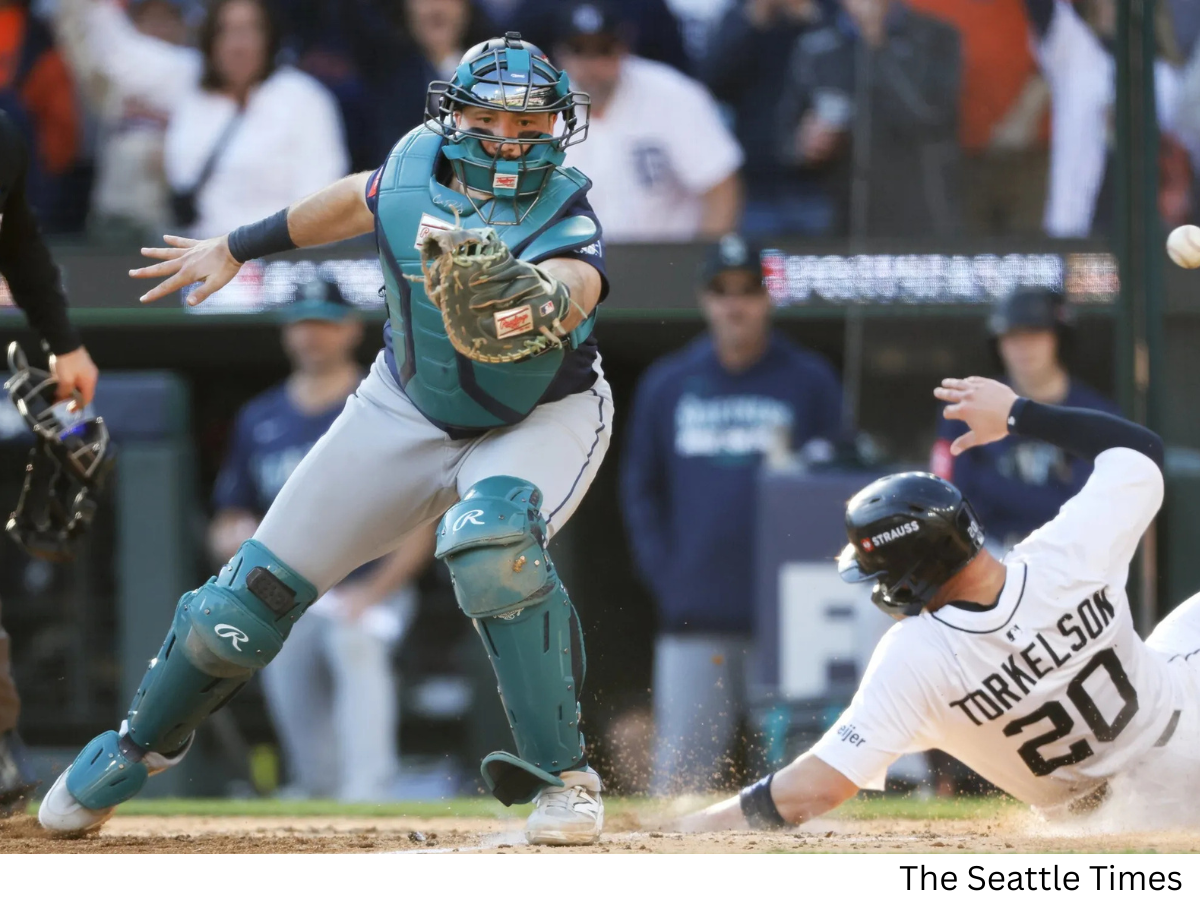The New York Yankees’ 2025 postseason came to an abrupt and disappointing end after the Toronto Blue Jays defeated them 5-2 in Game 4 of the American League Division Series at Yankee Stadium. For a franchise accustomed to October success, the early exit raises major questions about the direction of the team heading into the offseason. Despite Aaron Judge’s historic individual season and a 94-win campaign, the Yankees now face critical decisions on managerial stability, free-agent returns, and roster upgrades.
1. Aaron Boone’s Future
Aaron Boone, the Yankees’ manager since 2018, remains under contract for two more seasons and is expected to return in 2026. While some critics may argue his postseason record (0-for-8 in playoff series) reflects a failure to deliver a championship, general manager Brian Cashman appears committed to continuity. Boone enjoys backing from both owner Hal Steinbrenner and superstar Aaron Judge, who have defended him consistently.
Boone’s regular-season performance continues to be strong. The Yankees finished 94-68, tied for the best record in the American League, and his .584 career winning percentage ranks second among active managers behind only Dave Roberts of the Los Angeles Dodgers. Cashman has praised Boone’s character, particularly in managing a large roster in a demanding, high-profile market. Comparisons to Joe Torre and Joe Girardi, both of whom spent ten years each managing the Yankees, suggest Boone’s tenure is likely to continue unless there is a dramatic shift in results.
Ultimately, while calls for Boone’s firing may intensify after another early postseason exit, the organizational philosophy of stability makes a managerial change unlikely this offseason.
2. Which Free Agents Will Return?
The Yankees have several key players entering free agency, including eight unrestricted free agents: Paul Blackburn, Paul Goldschmidt, Trent Grisham, Amed Rosario, Austin Slater, Luke Weaver, Devin Williams, and Ryan Yarbrough. Additionally, they have club options for Tim Hill ($3 million) and Jonathan Loáisiga ($5 million), and Cody Bellinger holds a $25 million player option he is likely to decline to pursue a long-term deal.
Some departures appear imminent: Goldschmidt, Slater, Weaver, and Devin Williams are unlikely to return due to performance concerns or roster planning. Yarbrough has served as a depth option, but the Yankees may seek upgrades elsewhere.
The primary candidates to return are Rosario, Blackburn, and Grisham. Rosario could continue as a bench option, especially if José Caballero remains on the roster, potentially limiting Oswaldo Cabrera’s opportunities. Blackburn showed strong performance late in the season, striking out 14 batters in 10 September innings, making him a candidate for retention.
Grisham presents an interesting case. The center fielder posted career-high numbers with 34 home runs and a 129 wRC+, ranking second among primary center fielders. Despite his success, questions remain regarding his long-term sustainability due to contact quality metrics, defensive limitations, and potential athletic decline. The Yankees could offer Grisham a qualifying offer, a one-year, $22 million deal, allowing the team time to evaluate prospects such as Spencer Jones and Jasson Domínguez in 2026.
Tim Hill’s option will likely be exercised given his value, while Loáisiga’s injury history may lead to his departure. Strategic retention of certain free agents will shape the Yankees’ roster flexibility and financial flexibility for the upcoming offseason.
3. Will the Yankees Sign Bellinger or Tucker?
The most pressing offseason question involves the Yankees’ approach to upgrading their outfield. Cody Bellinger had a stellar 2025 season, posting the highest fWAR of his career (4.9) since his 2019 NL MVP year. Bellinger’s versatility across all outfield positions and his pull-heavy approach make him an asset, though he is likely to seek a significant long-term contract through agent Scott Boras.
Corey Tucker represents the top free agent bat available this offseason, even though his 2025 season was slightly down from his standards. Tucker posted a 136 wRC+ for the Chicago Cubs and could thrive in Yankee Stadium, potentially becoming a top-10 hitter. However, the expected cost of signing Tucker could be dramatically higher—potentially $200 million more than Bellinger—which may influence the Yankees’ decision-making, especially given the organization’s willingness to prioritize team-friendly contracts.
The choice between retaining Bellinger or pursuing Tucker reflects broader strategic considerations, including budget management, roster construction, and the Yankees’ competitive window with Aaron Judge. Any decision will have lasting implications for the team’s offensive production and outfield alignment in 2026.
Conclusion
The Yankees’ early postseason exit exposes three central offseason questions: the stability of Aaron Boone as manager, which free agents should be retained, and how aggressively the team should pursue high-profile outfield talent like Bellinger or Tucker. These decisions will determine whether the Yankees can convert strong regular-season performance into future playoff success and potentially end their 16-year World Series drought.




.png)

.png)

